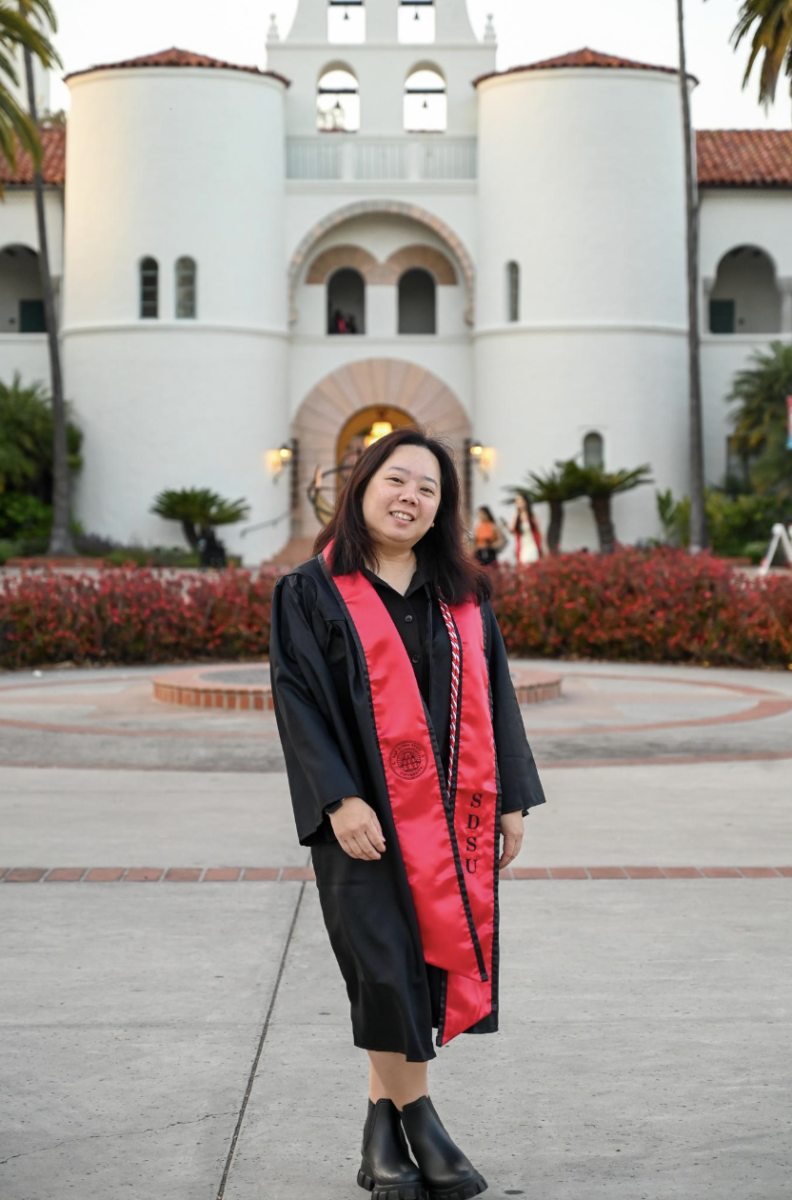
Wanted: one leader of revolutionary quality. Must be strong, motivated, a forward thinker (and speaker) who can transform a mob of thousands into a worthwhile, activist organization. Prior experience not necessary.
Such is the need of Occupy San Diego, the group currently occupying the Civic Center. Within a week, the bite of this assembly has evaporated. The thousand protesters occupying last week have dwindled down to a few hundred. One shabby, three-person tent is the last vestige of the large shantytown drawn up by San Diego’s unhappy 99 percent. Even the signs protesters are holding are becoming increasingly apathetic — “This is not a sign,” one says. “Fight them with love,” another says.
What began as a movement to conquer Wall Street has become a glorified drum circle, a cliché of the protests occurring internationally. The onset of apathy has sunk in deep.
But there is hope for this organization yet.
Occupy has the potential to be a significant movement with unstoppable political force. There is no lack of media attention to the cause: Occupy has grabbed front-page headlines nationwide. Nor is there any lack of real-world problems Occupy hopes to solve. Anger at Wall Street and the political process is as deep and widespread as it’s been in recent memory.
The No. 1 problem is the movement — or specifically, the lack thereof. When it comes down to it, occupying, remaining stationary, does nothing to make a statement. An unmoving group has no political power, and doubly so when the area being occupied has no political significance. Let me tell you what would have significance: Occupy City Hall. Ten, 20, even 50 people at every city council meeting nationwide demanding accountability for Wall Street is likely to do a lot more than a motivated (yet immobile) population. Local politicians have everything to gain by representing a constituency of hundreds, if not thousands, of people trying to tackle the country’s hugest economic disparities.
Perhaps equally as important as the movement’s (ahem) movement is its leadership and structure. As it stands now, there is none. Any man or woman can conceivably pick up the microphone and have his or her say. When I attended the protest last Saturday, an angry 20-something rambled for several minutes about his workplace’s discrimination against his long hair. While a lack of centralized leadership can have the benefit of empowering a large body of people, it fails to provide a face for the organization, a single symbol of resistance representative of the entire movement.
And finally, the last problem of Occupy: professionalism. The movement has been successful in garnering plenty of attention, but extremely unsuccessful in the way of gaining legitimacy and respect. Why? Occupy is first and foremost a labor protest — a stand against the outrageous gambling machine that is Wall Street, a movement against CEOs making hundreds of times the salaries of their employees. This is the working class’ struggle.
For Occupy to be taken seriously, it must be perceived as such. This may mean stashing away the tie-dye shirt, the beaten-up guitar and the peace sign. It may even mean buying a dress shirt and a nice pair of pants. But I can tell you now the effect would be powerful. There is power in numbers, yes. But never underestimate the power of a good pair of slacks.






